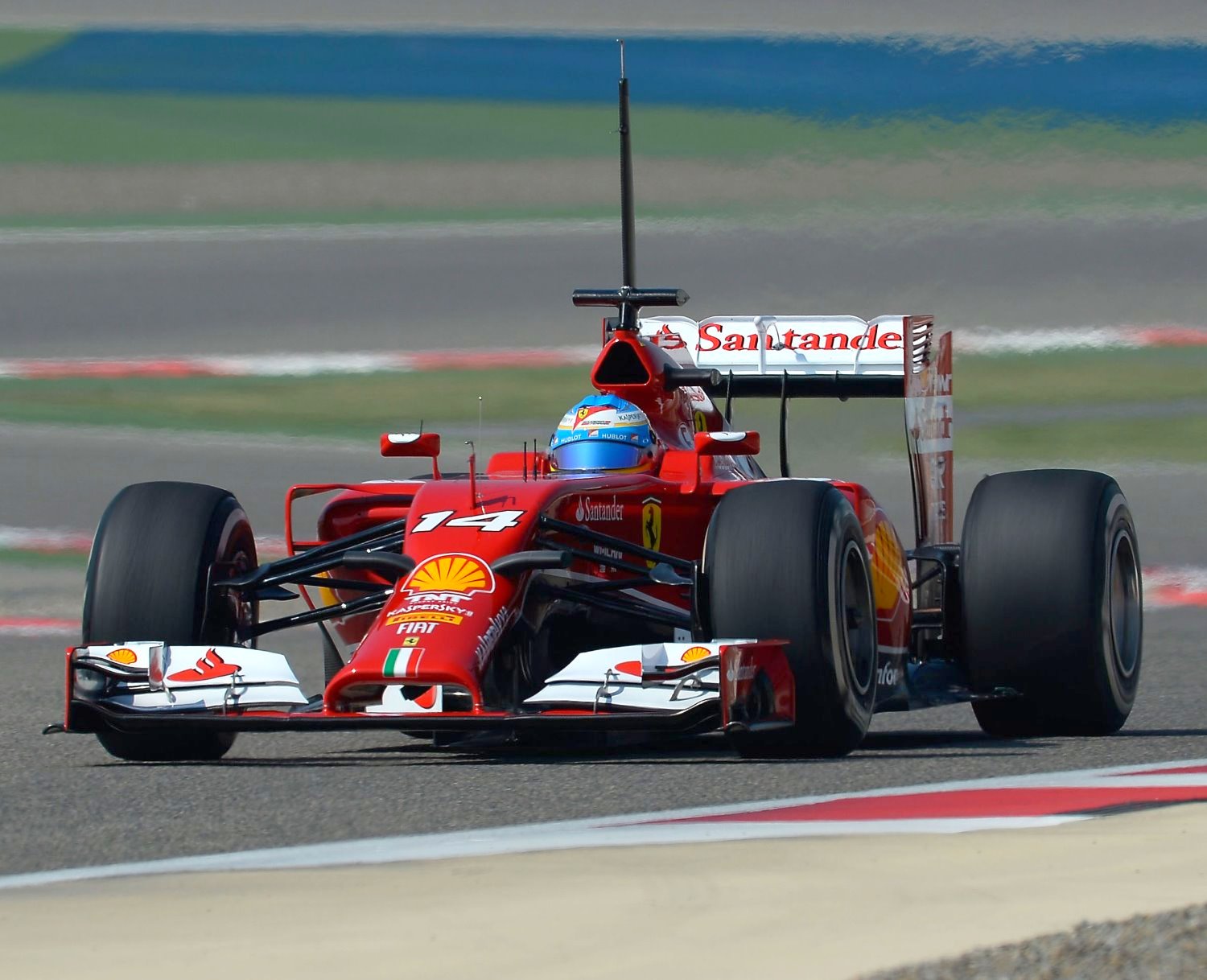F1 cars now 8 seconds slower than 10 years ago
 |
| Today's F1 cars are anemic compared to 10 years ago. |
Even before it really started, this F1 season has been loaded with negative emotions from the fans, the teams and everyone else somewhat involved with Formula One. And yet, we have seen spectacular racing, both between the silver arrow drivers and their rivals of Red Bull, Ferrari and Williams. What we didn't see is just how slow current F1 cars have gotten.
Let's start our comparison at the height of fast V10 cars, with the dominant Ferrari F2004. What we need now are tracks of different characteristics but have not changed in 10 years. Melbourne and Sepang are classified as intermediate tracks, Canada and Monza as high-speed, Hungary and Monaco as high downforce tracks, and they all have been untouched (more or less).
With one exception (Canada 2013), the lap times increased constantly, and from generation to generation. Even the super complicated 2008 cars running on Bridgestone tires lost significant speed, and the current crop of F1 cars is down 8 seconds on the longer tracks that require both power and downforce.

What's interesting is that no matter which layout, lots and lots of speed has vanished. It seems as if there are four areas which caused the open wheelers to slow down:
I. The engine
While the V6 Turbos aren't that weak and produce more than 800hp (~860 next year), they are a far cry from glorious V10 power and their close to 1000hp output. Also, the V10s had a constant power output, while the V6 is relying on the electric batteries giving temporary boost to get up to 800+ hp. And then there's the issue of RPMs: 12000 now against 19000 back then.
It's not that the manufacturers don't want unwind the engine, it's the fuel flow regulations that let the RPMs (and power output) drop so much for example.
II. Tires
There once was a tire war. It wasn't great for racing as it decided championships by simply having the right brand of rubber and because of the politics behind it, but it forced the manufacturers to go to great lengths to gain an advantage. The result were tires that seemed to last forever but also offered great amounts of grip. Michelin keeps innovating until this day, but the tires are mounted on LMP1 cars instead where they perform insanely well (Quadruple Stints at Le Mans anyone?). André Lotterer described it perfectly during his Spa weekend for Caterham when he said that you just can't "lean" so much on the Pirelli tires compared to the loads he was able to comfortably pull on Michelins behind the wheel of the R18.
III. Aero regulations
The downforce level has been cut down progressively. Brawn managed to escape the loss of downforce by implementing a double diffuser in 2009, but after that was banned cars got slower and slower, until they lost another 10% of downforce for this year. Just look at how Verstappen did physically in his first F1 outing at Suzuka, and then think about how Vettel described his first BMW test where he couldn't see after a few laps because he wasn't able to keep his head in an upright position.
Also huge fuel cells required thanks to the ban of refueling during pitstops didn't help with the design and aesthetics of F1 cars (and as pointed out by some readers, they of course have to carry all the fuel around during the race).
IV. Parc Ferme
No more qualifying-only setup and an over-night rebuild to race spec. Parc Ferme ruled all of that out, so that teams have to find a mix between the two disciplines, compromising both of them.
In total, it all sounds very tragic, but fear not, F1 is still the fastest way to go around corners. LMP1s need 10 seconds more in Spa and achieve 30 kp/h less in top speed, and the GP2 is 8 seconds away. The margin has melted, that's it, but Bernie and Jean should think about widening it a bit more again. FormulaFreak
